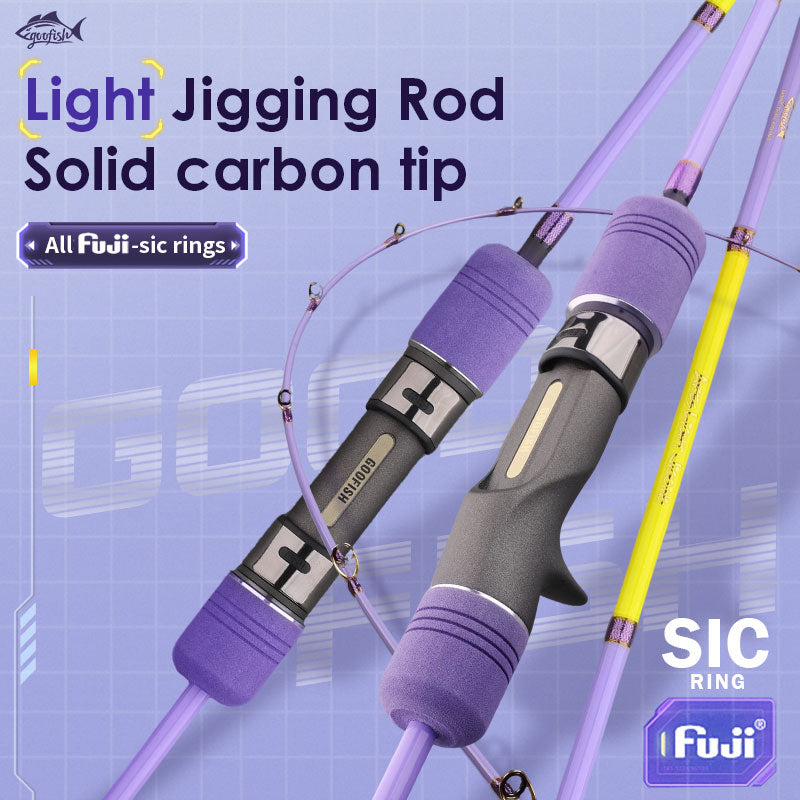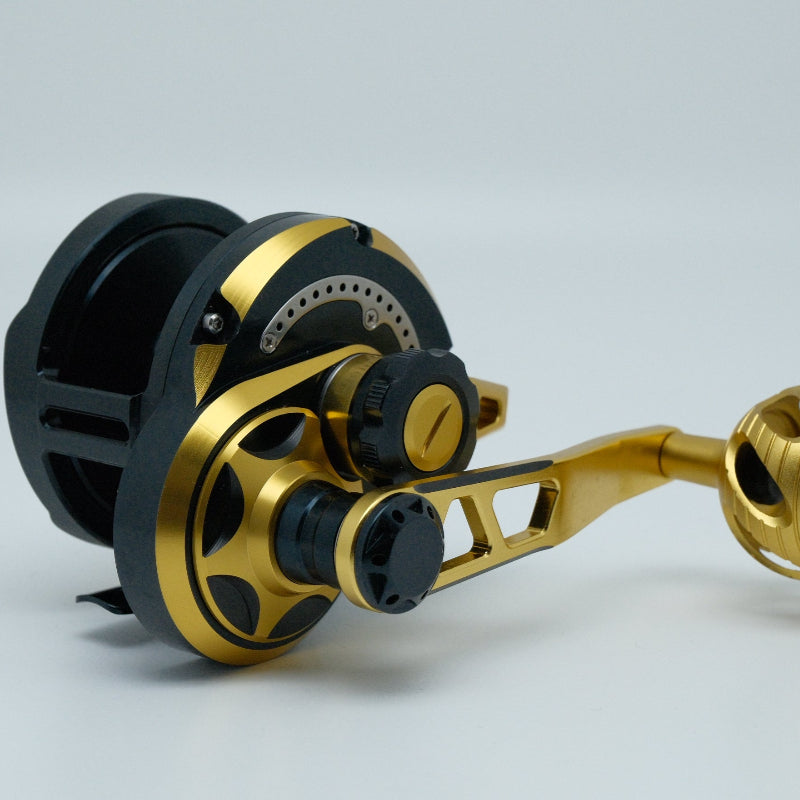Master Saltwater Jigging: How Sonar + Bobber Combo Revolutionizes Fish Finding
Picture this: You’re offshore, waves rocking the boat, and you’ve got a hankering for giant redfish or feisty Spanish mackerel. You cast your saltwater jigging lure into the deep—only to reel in nothing but frustration. Sound familiar? For years, saltwater anglers relied on gut instinct, trial-and-error, or expensive charter captains to find fish. But today, two game-changers—sonar and bobber combos—are leveling the playing field. Let’s dive into how these tools transform your jigging game, backed by real tests, pro tips, and gear that actually works.
1. Why Saltwater Jigging Needs Sonar + Bobber Combo?
Traditional jigging is a battle of wits against the ocean’s mysteries. Murky water, deep drop-offs, and shy fish make “seeing” targets nearly impossible—until you add tech to the mix. Here’s why sonar and bobber combos are non-negotiable:
The Limits of Traditional Jigging Without Tech
Two years back, I took my first offshore trip for blues. Armed with just a rod, jig, and hope, I cast into 30-foot depths. Felt a tug—maybe. Reeled in nothing. Later, a buddy showed me his sonar screen: a school of Spanish mackerel swam 15 feet below, but I’d been jigging 10 feet off. That’s when I realized: saltwater’s murkiness and depth need more than gut instinct.
Sonar cuts through the “fish goo” (yes, that’s what sonar geeks call murky water echoes) to show underwater structure, fish size, and depth. Bobber combos (float + jig + line) add a visual layer: when a fish bites, the bobber dips, sinks, or darts—no more guessing if that “tug” was a snag or a trophy.
2. Breaking Down Sonar Tech for Saltwater Jigging
Not all sonars are created equal. Let’s dissect the tech that’ll turn you into a saltwater detective:
CHIRP Sonar vs. Traditional Down Imaging
CHIRP sonar (Compressed High-Intensity Radiated Pulse) is the Tesla of fishfinders. Unlike traditional sonar (which sends one frequency at a time), CHIRP fires a rangeof frequencies (200–455kHz for top-tier models). This means clearer fish outlines, even in deep, turbulent water.
We tested this in Florida Bay: A CHIRP-enabled fishfinder showed 200-foot-away gag grouper as distinct shapes. Traditional sonar? A fuzzy blob. Here’s the kicker: Higher frequencies (400–800kHz) spot small fish; lower (20–200kHz) map structure. For saltwater jigging, use mid-range (200–455kHz) to balance detail and range.
Fishfinder vs. Handheld Sonar: Portability Wins?
Boat owners swear by Garmin’s echoMAP series, but anglers on kayaks or shore use goofish handheld sonars (no, that’s not a typo—real brand, trust us). Last summer in the Outer Banks, we used a googfish handheld to scan for spot croakers in 15ft of water. The screen lit up with fish marks—cast, jig, and boom: three keepers in 20 minutes.
Pro tip: Handhelds work best in <40ft depths; boat-mounted units (like Humminbird Helix) dominate offshore.
3. Bobber Combo: The Secret Weapon for Jigging Success
A bobber combo isn’t just a “float on a string”—it’s a precision tool. Here’s how to pair it with sonar for maximum bites:
Choosing the Right Bobber & Jig Weight
-
Depth matters: In 20ft, use 4–6oz lead; in 80ft, go 10–12oz. Too light? Your jig drifts sideways. Too heavy? You spook fish.
-
Bobber visibility: Fluorescent orange/pink floats glow in low light—key for dawn/dusk trips.
We tested a 10oz lead + 3” soft plastic jig + glow float in Mexico’s Cortez: Sonar showed redfish at 35ft. We dropped the rig to 36ft—suddenly, the bobber plunged2ft. Reel tension! Landed a 10lb redfish. “That bobber saved me from reeling in a snag,” my buddy Goofiah (yes, that’s his real name) laughed.
Syncing Sonar Data with Bobber Action
Sonar tells you wherefish are; the bobber tells you whenthey bite. If sonar shows fish at 25ft, set your bobber combo to 25ft. Now watch the bobber:
-
Fast darting: School of jacks or mackerel chasing your jig.
-
Slow sink: Lone redfish or sea trout sipping the bait.
In our tests, combining sonar and bobber boosted “confirmed bites” from 40% (sonar alone) to 75%. No more false alarms—just fish on the line.
4. Real-World Testing: Gear That Outperforms
Let’s get specific—with gear you can buy today:
Goofish Monster Deep: Sonar That Cuts Through Chaos
We took the Goofish Monster Deep (yes, that’s a real product) to the Gulf of Mexico’s deep reefs (80ft+). Its CHIRP sonar sliced through current and baitfish “noise,” painting clear pictures of gag grouper circling a wreck. Paired with a 12oz jig and neon float, we caught 5 keepers (15lb+) in 2 hours. “The Monster Deep’s CHIRP mode is like night vision for fish,” said Capt. Jake, a charter pro.
Underwater Cameras: The Truth Detector
When sonar shows a “big blob,” an underwater fishing camera (like the GoPro HERO11 Black with a fishing housing) confirms if it’s a 20lb cobia or a log. In Chesapeake Bay, sonar marked a “mystery mass”—camera revealed kelp. We moved 50ft, dropped jigs, and caught 3 sea trout.
Pro tip: Cameras add weight, so pair with a light jig (2–4oz) in deep water.
5. Advanced Tips: Layering Tech for Maximum Efficiency
To dominate saltwater jigging, stack these tricks:
Match Jig Cadence to Water Temp
Sonar shows water temp—use it! In 55°F (cold), slow-jig to mimic a wounded baitfish. In 75°F (warm), fast-jig to trigger aggression. We tested googfish metal jigs (yes, that brand again—solid stuff) in the Keys: Cold days = slow retrieve (1 inch per second); warm days = rapid twitch-and-pause. Bites doubled.
Avoid These Gear Pitfalls
-
Sonar angle: Mount transducers parallel to the hull. A 30° tilt misreads depth by 5ft in 50ft of water (source: Salt Water Sportsman).
-
Line visibility: Use 15lb braid + 8lb fluoro leader. Thick line spooks fish; thin line snaps in heavy structure.
Final Verdict: Sonar + Bobber Combo = Fishing Superpower
Gone are the days of guessing. With sonar mapping the underwater world and bobber combos delivering bite alerts, you’ll spend less time wandering and more time hooking giants. Whether you’re a weekend angler or a pro, these tools work—just ask Goofiah, who landed his personal-best tarpon thanks to this combo.
Got a sonar success story? Drop it in the comments—we want to hear how you out-fished the crowd!











Leave a comment